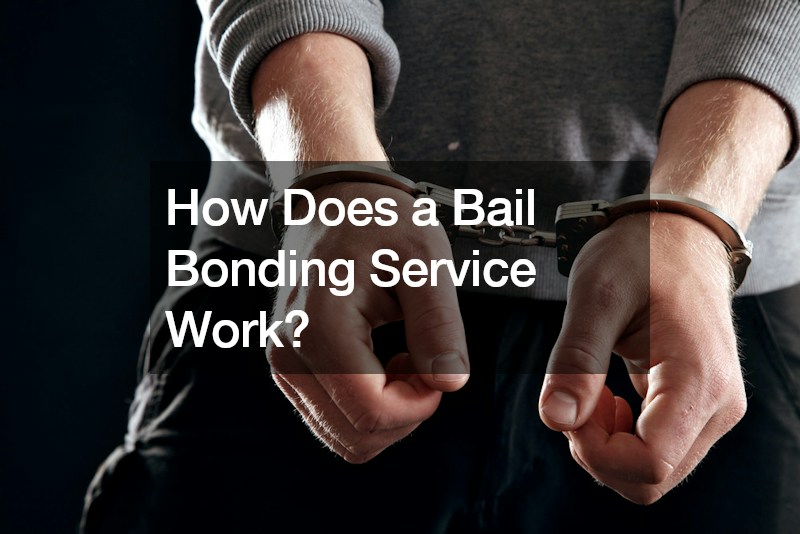In this video, the speaker critically examines the implications of cash bail within the criminal justice system, shedding light on its disproportionate impact on low-income individuals and communities of color. With an estimated 450,000 people in the U.S. incarcerated pre-trial due to the inability to pay bail, the video highlights the emergence of a two-tiered system of justice and the role of a bail bonding service in all of that.

The narrative unfolds with a spotlight on private bail bonds companies, which rake in approximately $2 billion annually. Expanding on the mechanics of the bail bond industry, the video delves into the role of insurance companies, exploring how insurance contracts contribute to consistent profits for industry executives.
The coercive nature of bail contracts and the financial burden placed on defendants and their co-signers come under scrutiny, with critics pointing to exploitative practices.
Furthermore, the video addresses ongoing bail reform efforts, ranging from charitable funds to ACLU lawsuits and state-level policy changes. However, challenges persist, notably surrounding the implementation of risk assessment algorithms and concerns over potential spikes in crime rates. In the broader conversation about mass incarceration in the US, the video positions the dialogue around bail reform as pivotal, urging a critical examination of its impact on marginalized communities and the quest for equitable justice.


